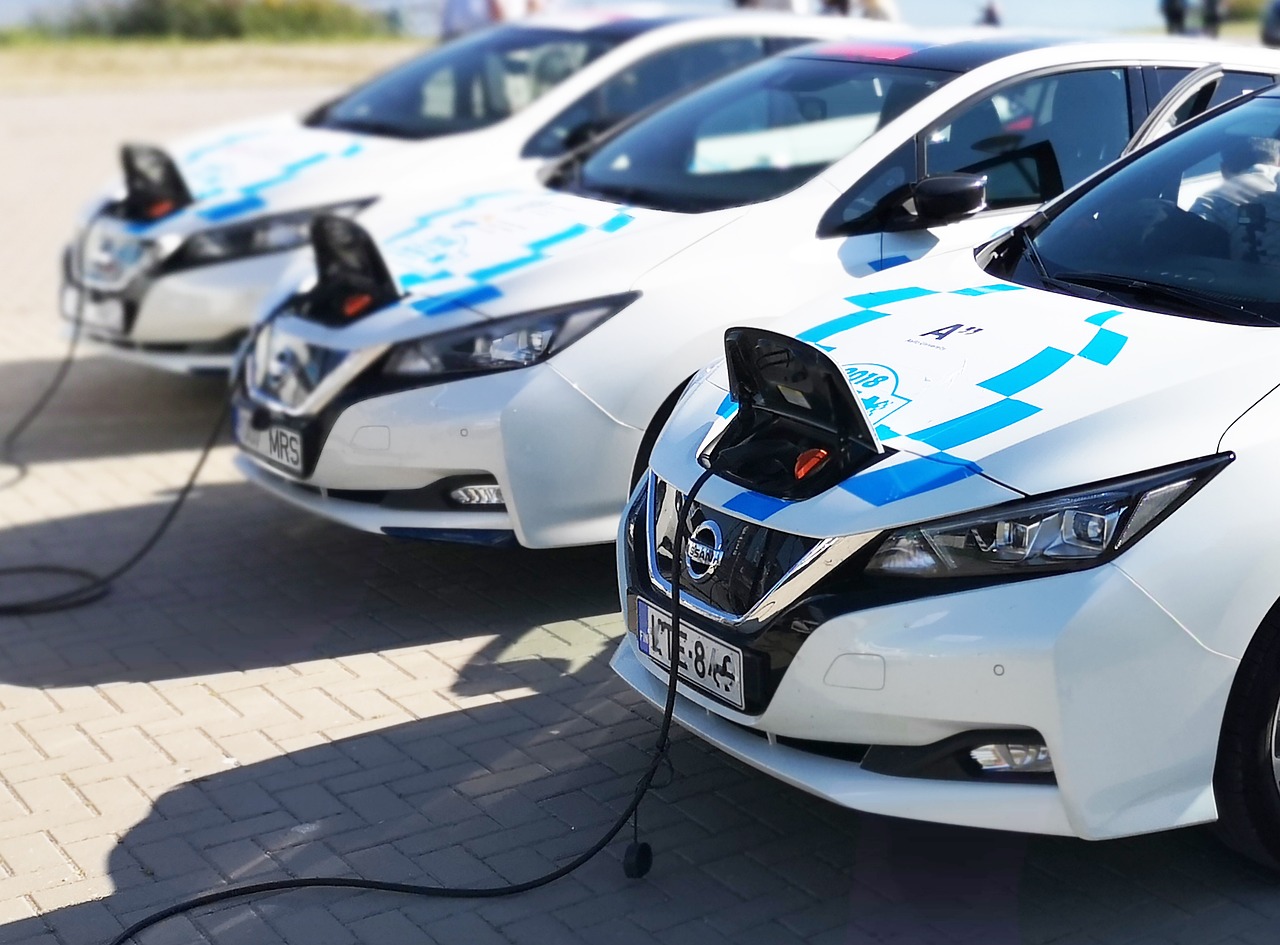
Recharging is one of the most crucial challenges for electric vehicles (EVs), and there are now charging facilities for them. A distinctive initiative is being carried out by Stellantis, a worldwide automobile manufacturing company.
This bodes well for the development of wireless charging capabilities for electric automobiles. Dynamic Wireless Power Transfer (DWPT) technology, which Stellantis recently demonstrated, would enable it to wirelessly charge its electric vehicles (EVs) utilizing a specially constructed private road.
Consumers won’t have to worry about locating a charging station to recharge their electricity thanks to DWPT technology, which also offers zero carbon emissions and environmental sustainability.
Without having to stop the automobile, the technique recharges the batteries using wireless UV charging coils buried in the tarmac. All vehicles will be able to install and utilize a specially manufactured receiver in order to be able to charge this way.
The receiver can transfer the energy from the road to the electric motor, preserving the vehicle’s battery power and allowing it to travel further.
The aforementioned method has been put to the test for several months at the “Arena del Futuro” auto track. It is around 1,050 meters long and is situated in northern Italy, an hour and a half outside of Milan.
Battery-powered vehicles, such as the Fiat New 500, have been tested at the “Arena del Futuro” arena and have demonstrated the ability to travel at regular highway speeds without using the stored battery.
The test results show that the energy flow efficiency from the asphalt to the car is even on par with rapid charging facilities.
Therefore, it’s possible that even charging stations won’t exist if this technology is adopted widely. The electromagnetic pulse that the charging system generates is safe for pedestrians as well as the driver and passengers.
Mobility should be free for all people, according to the company’s long-term strategy goal, Dare Forward 2030, according to Anne Lise Richard, head of the department responsible for the worldwide electric car market.
Electric vehicle efficiency is improved by DWPT technology, which is also crucial for environmental sustainability and lowering transportation sector carbon emissions.
Additionally, it is a technology that is intriguing for worldwide commercial development, making it interesting for technological businesses. It has a lot of promise because it is not only beneficial on roadways but also in ports, airports, and parking lots. Despite all of these advantages, it is still unclear how much it will cost to build the roads.
It would take a very long charging system to be able to charge along the roadways, thus the cost might be a problem. Future roads will undoubtedly be filled with electric vehicles if the cost isn’t as great as it first appears.
Leave a Reply